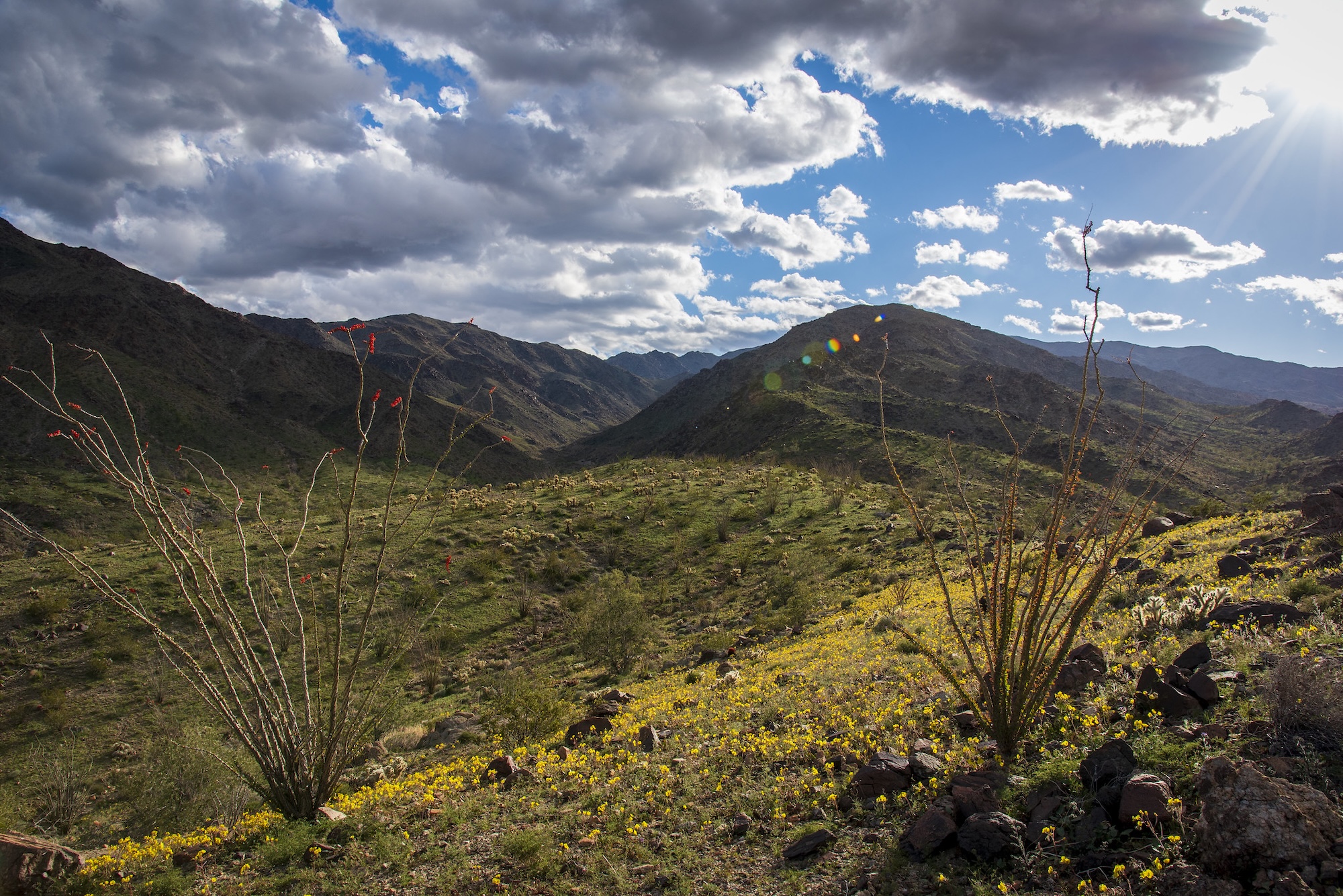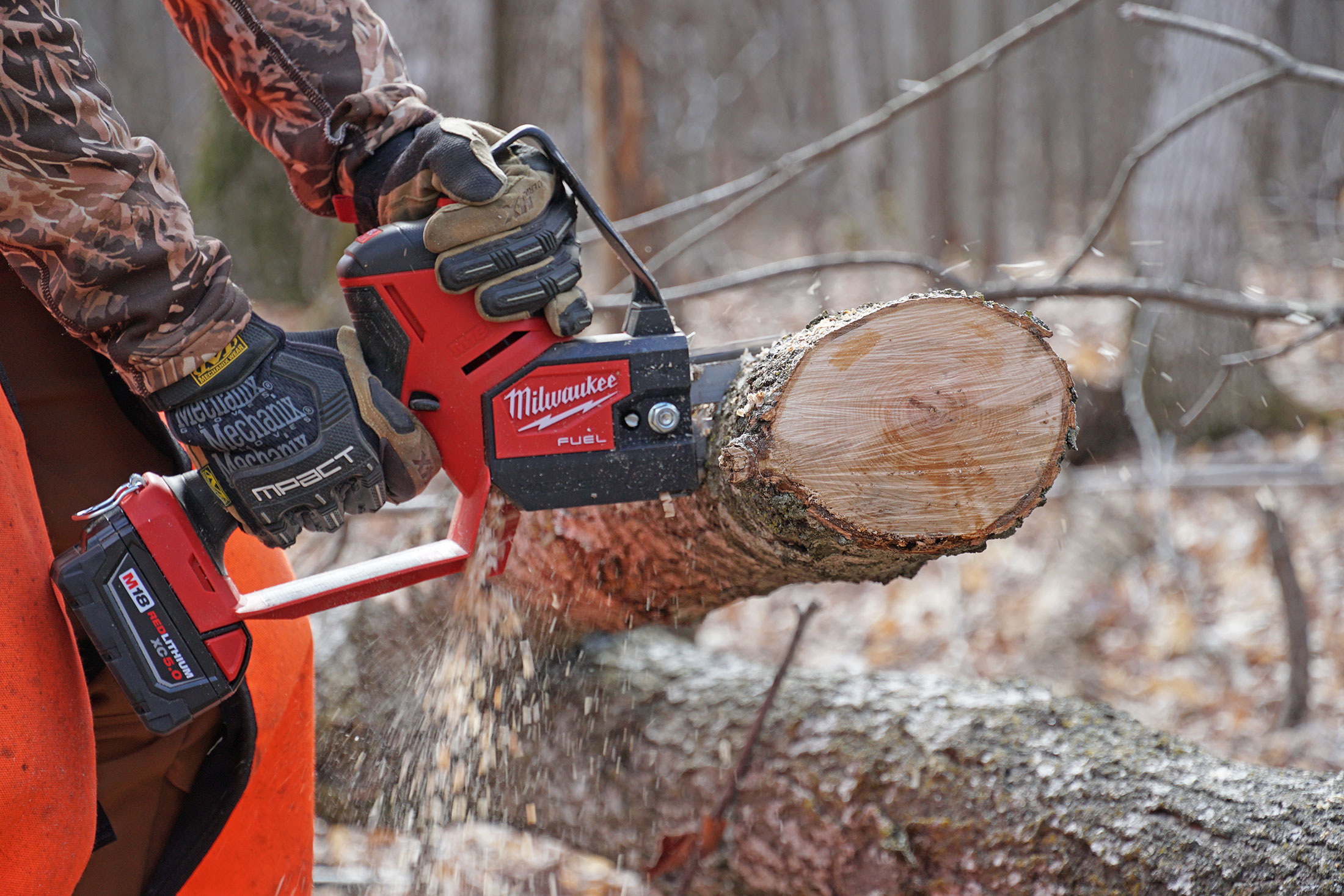A New Bill Would Strip the President’s Power to Designate National Monuments

Two legislators introduced a bill Thursday that would modify the landmark Antiquities Act by stripping the president of the ability to create or expand national monuments. The proposal comes a week after President Biden designated two monuments in California that set aside a combined 848,000 acres.
Representatives Mark Amodei of Nevada and Celeste Maloy of Utah, both Republicans, introduced the Ending Presidential Overreach on Public Lands Act to the House. The full text of the bill is short and to the point. It seeks to strike Section 2 of the Antiquities Act — which allows presidents to designate national monuments and historic landmarks on existing federal lands — and transfer that authority exclusively to Congress.
To be clear, Congress already has the power to designate national monuments. The trouble, according to public-lands advocates, is that Congress hasn’t been particularly effective at conserving public lands lately.
“They really want to put a line in the sand on this idea that only Congress should be able to make public-land designations,” says Kaden McArthur, director of policy and government relations for Backcountry Hunters & Anglers. While he acknowledges that sometimes Congress is the best entity for conserving federal lands, McArthur points out that it’s been six years since Congress approved a public-lands package with public-lands protections.
“It takes Congress years to get these things done, so the ability of the president to quickly respond to threats to public lands is really important,” says McArthur. “Instead of complaining about the president having the ability to protect places, maybe [lawmakers] should be working on addressing those issues themselves so the president doesn’t feel the need to.”
The Antiquities Act of 1906 was proposed and signed into law by President Theodore Roosevelt. Since 1906, the act has been used more than 300 times by presidents from both parties to protect sites of geological and archeological significance and to conserve national resources. Roosevelt designated the Grand Canyon National Park in 1908, setting aside 800,000 acres of public land in the face of mining interests.
The most controversial recent use of Section 2 was when President Obama designated 1.35 million acres of federal land in Utah as Bears Ears National Monument in 2016. When he took office, President Trump reduced Bears Ears by about 85 percent; President Biden expanded the monument again in 2021. All told, the Biden administration has exercised Section 2 of the Antiquities Act to establish 10 new national monuments and expand two existing monuments. By comparison, Trump made five designations during his administration, including the 850-acre Jurassic National Monument in Utah.
Historically, the more preservation-minded National Park Service managed monuments. Since the late 1990s, however, McArthur notes, designations have embraced more multi-use recreation of landscape-level monuments with management under the BLM and USFS. Wyoming is currently the only state exempt from presidential designations, which is also outlined in Section 2 of the Antiquities Act. As our conservation editor reported last week, Utah and other Western state lawmakers are increasingly eyeing Wyoming’s exemption status.
“The message received loud and clear from both of these representatives [from Utah and Nevada] is that they feel like we should take away this tool because it doesn’t include local communities. But what we have seen in all these monument efforts, including Chuckwalla, is that it takes almost a decade of local, grassroots community outreach to really even grab the attention of a president to start the process to consider a national monument designation,” says Jocelyn Torres, the chief conservation officer of the Conservation Lands Foundation. “I think it’s important for the public to know that these [designations] aren’t coming out of thin air … It takes a lot of effort to get the attention of the president. National monuments don’t happen magically.”
National monument designations are made on existing federal lands; private, state, and tribal lands are not lumped into these expansions or designations. The way those lands are used, however, can be curtailed. Both McArthur and Torres note there’s public input on how that land is managed.
“After the monuments are designated, there’s still a year’s long process for public engagement for how they want to see it managed,” says Torres. “There are public meetings, public comment periods. There is plenty of opportunity in the full life cycle [of the monument] to participate — especially [if you’re] a member of Congress.”
Critics of that process — those who feel their voices weren’t considered — might point yet again to Bears Ears National Monument, which received its final management plan in October. In addition to a complete ban on target shooting in the 1.3-million-acre monument, off-highway vehicle use will be significantly restricted, with about 600,000 acres closed to OHV use and another 483,000 acres where OHV use will be limited. Both uses are normally included in the BLM’s multiple-use mandate, but were ultimately revoked as a result of the national monument designation.
Meanwhile, the Supreme Court of the U.S. declined Monday to hear Utah’s public-lands lawsuit that sought to turn federal lands over to the state. While conservation sources say the bill introduction isn’t necessarily a direct response to the lawsuit, the timing does feel coordinated. And while the proposed Ending Presidential Overreach on Public Lands Act doesn’t appear to have a great chance of passing into law, says McArthur, it does set the tone of an aggressive anti-public lands agenda this Congress.
Related: Final Bears Ears National Monument Plan Bans All Recreational Shooting on 1.3 Million Acres of Federal Land
“Were [this bill] to pass, it would be a pretty big blow to a bedrock environmental law. I do think the odds that this goes anywhere right now are not particularly high,” says McArthur, who remains concerned that an onslaught of anti-public land sentiment will ultimately force a compromise with pro-conservation lawmakers. “But it really feels like the folks who are opponents of conserving our public lands are really going full-court press right now.”
Read the full article here







